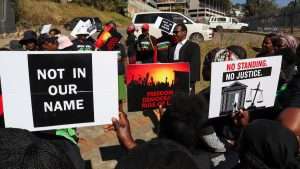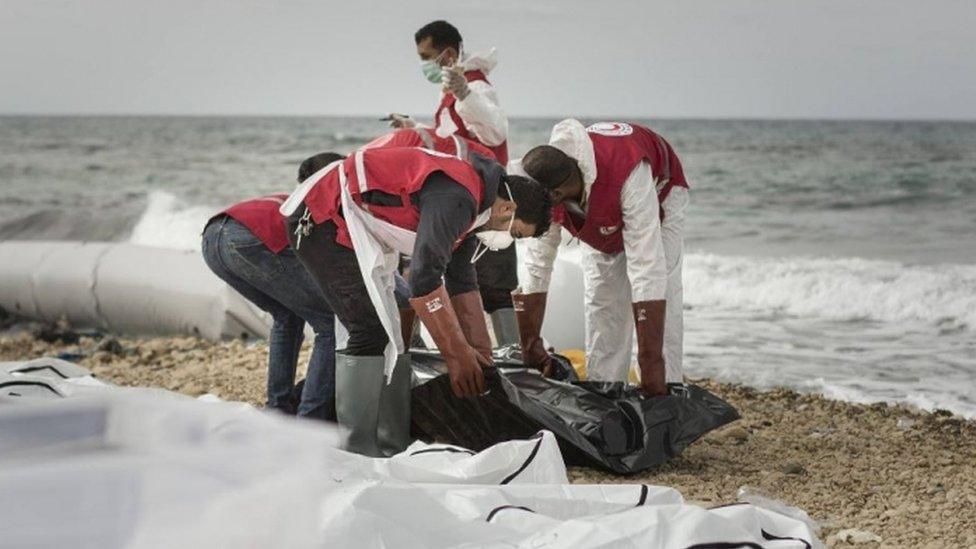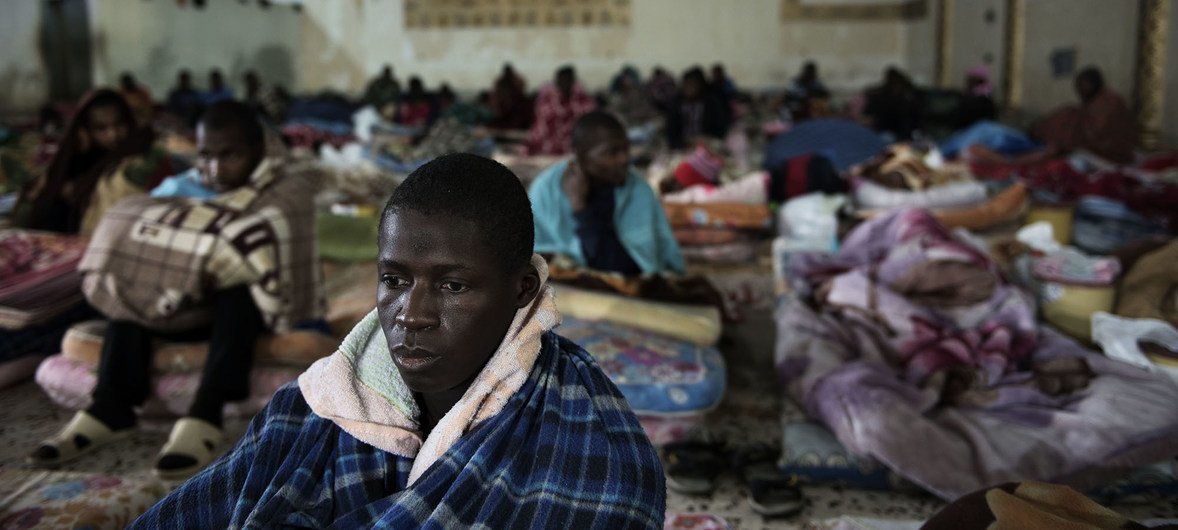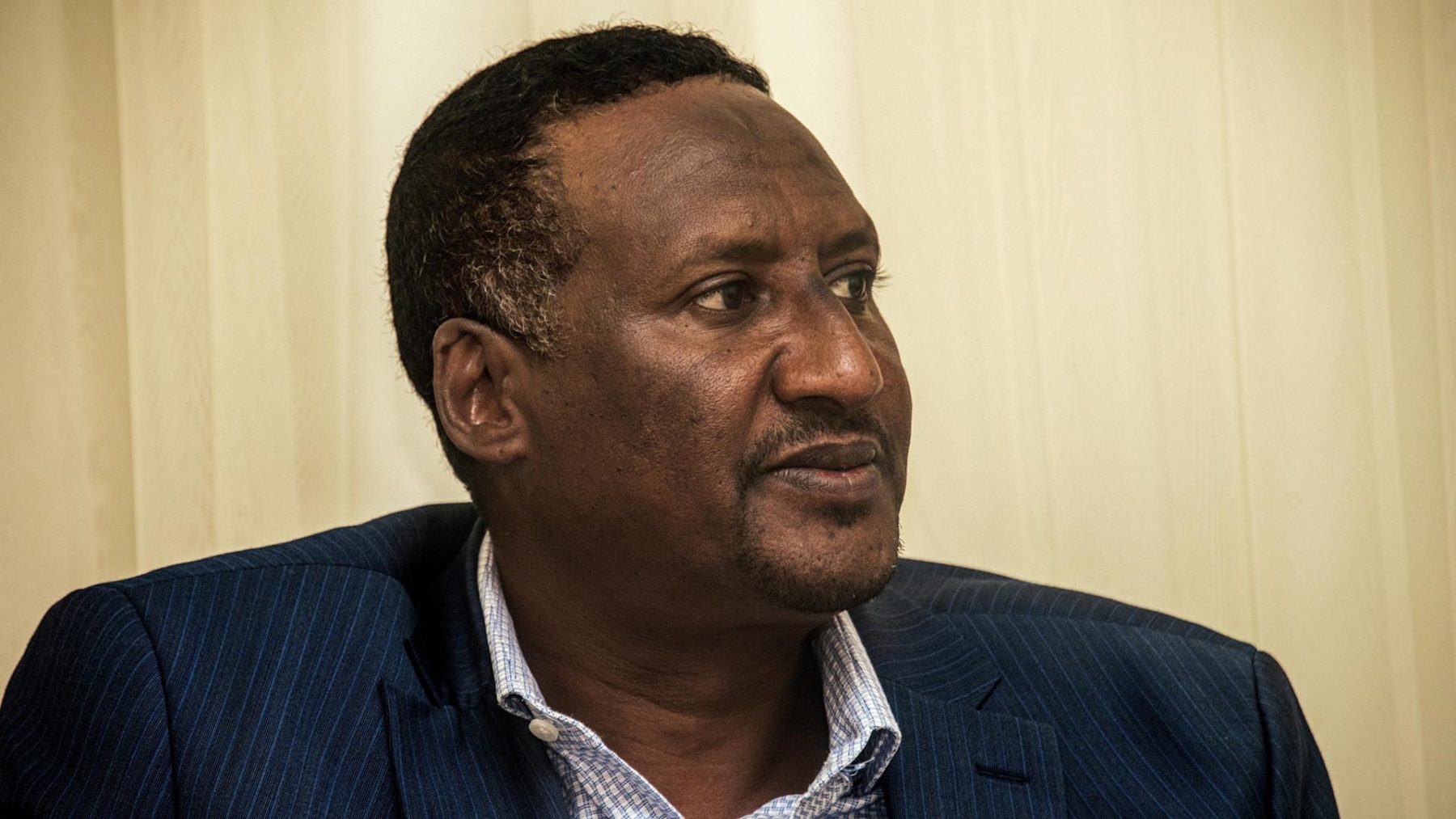11 more migrant bodies discovered in mass graves in Libya
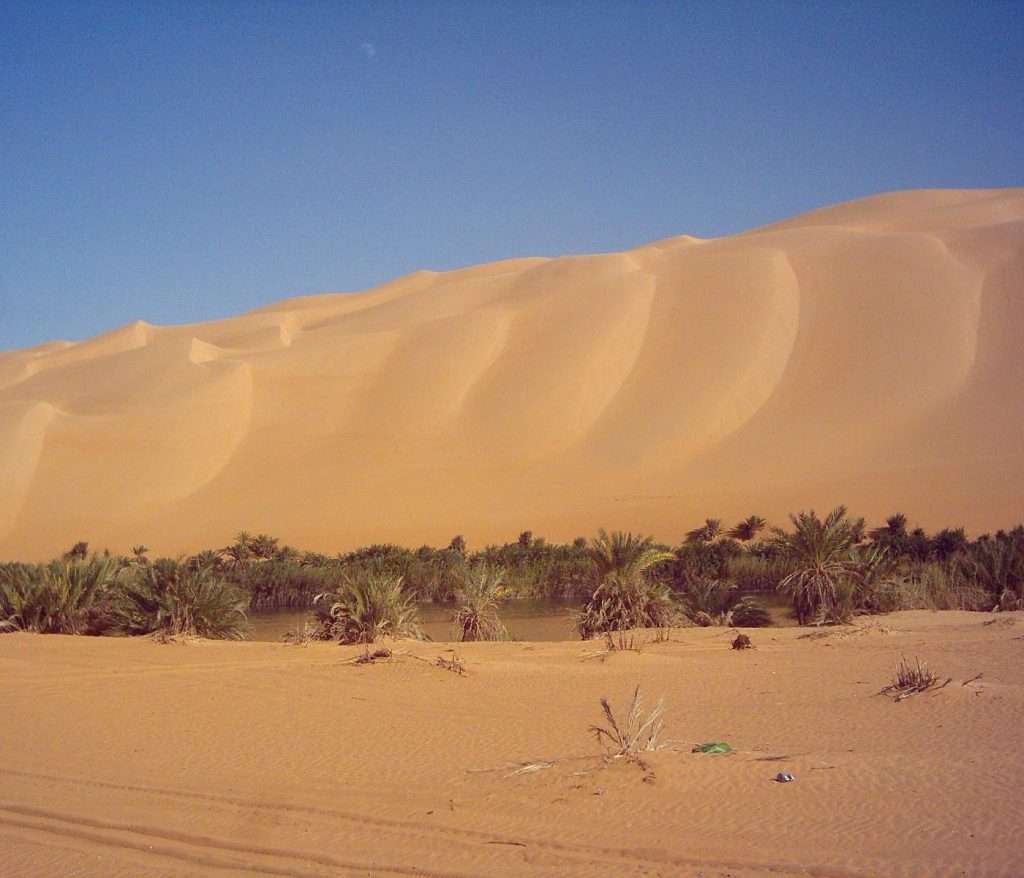
Authorities have discovered 11 more bodies in mass graves in Libya, taking the total up to 39, according to The New Arab on the 14th of February.
This follows the discovery of 28 bodies in mass graves in the north of the Kufra district in the southeast of Libya.
Unfortunately, these will likely not be the last such discoveries.
Local officials expect that the body count could rise to as high as 74 as the investigation continues according to Libya Review.
Mohamed Fadil, who heads the anti-illegal migration service confirmed that they expect to find other graves during this ongoing operation.
Since the uprising that overthrew up eventually killed Muammar Gaddafi in 2011, Libya has become a transit route for migrants heading north towards Europe.
The continuing instability and political dispute between the east and west of the country make it an attractive route for human traffickers.
Migrants travelling from the south face extreme dangers.
The landscape and climate of the Sahel is incredibly dangerous.
However, human traffickers are an even bigger threat as migrants are exposed to exploitation, physical brutality, kidnapping and forced labour.
According to the International Organisation for Migration, two of the bodies found had gunshot wounds.
Kufra is a remote district of the country making tracking and raiding a challenge for authorities.
The district lies around 1700 kilometres away from Tripoli in the west and 400 kilometres away from Benghazi in the east.
Despite the challenge, a police raid taken out in conjunction with the discovery of the mass graves lead to the rescue of hundreds of people.
Whilst there is international condemnation of human trafficking, the route causes of the migrant crises are still to be addressed.
Political instability across the Sahel and Mediterranean region displaces civilians and force them to make impossibly difficult journeys north.
The instability also creates fertile ground from which traffickers can run their practice with a decreased chance of being caught.
Want to chase the pulse of North Africa?
Subscribe to receive our FREE weekly PDF magazine





